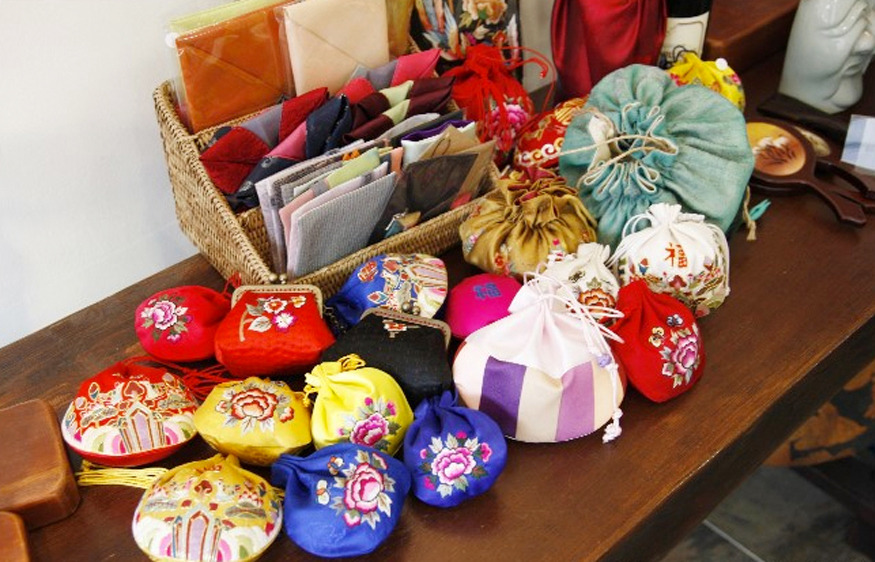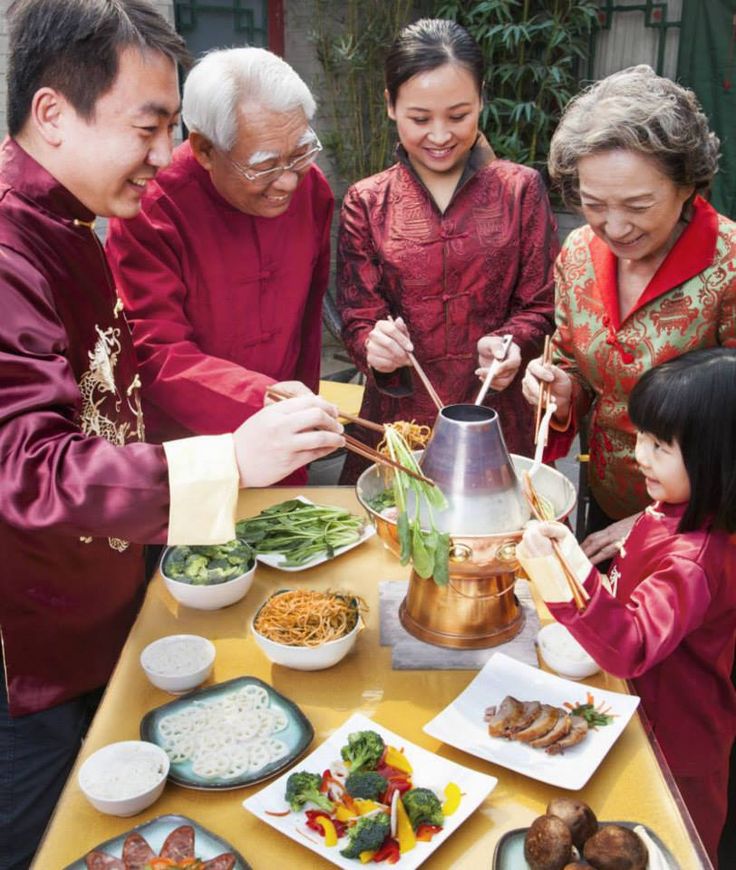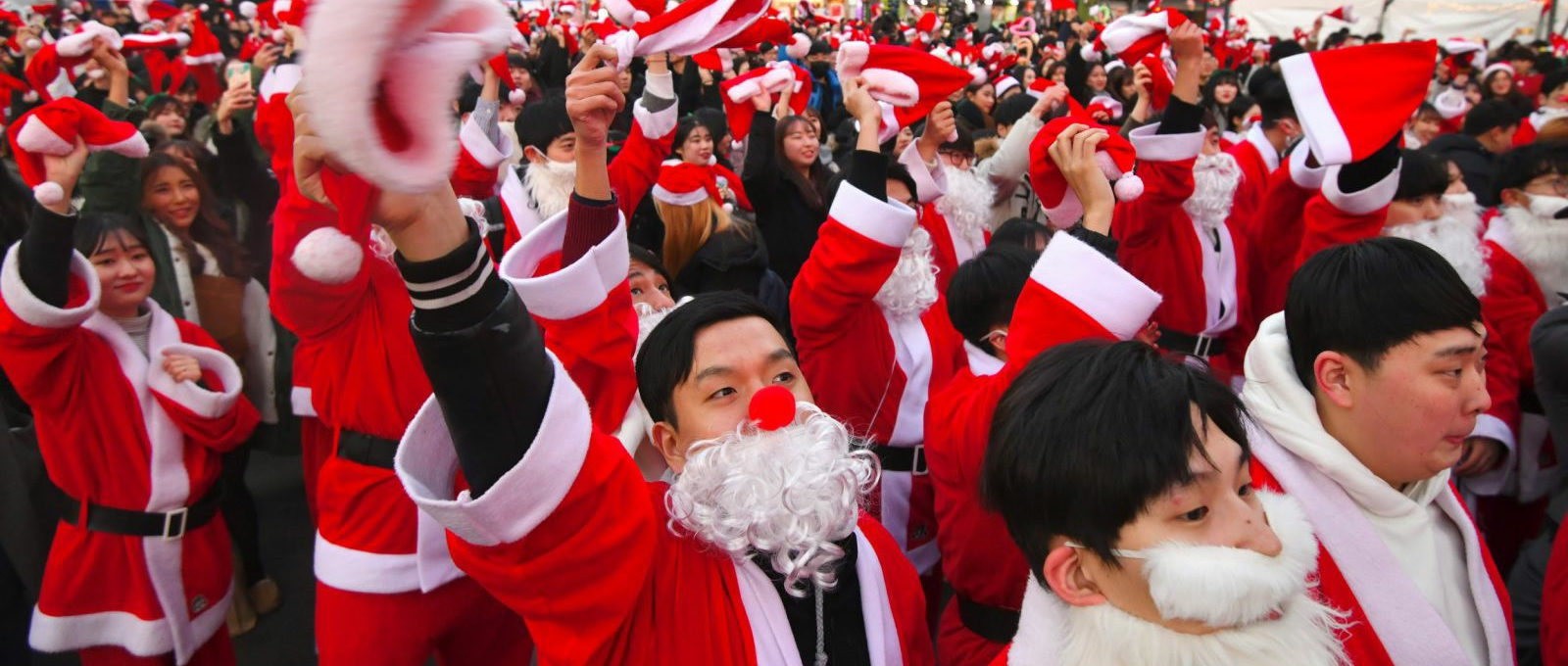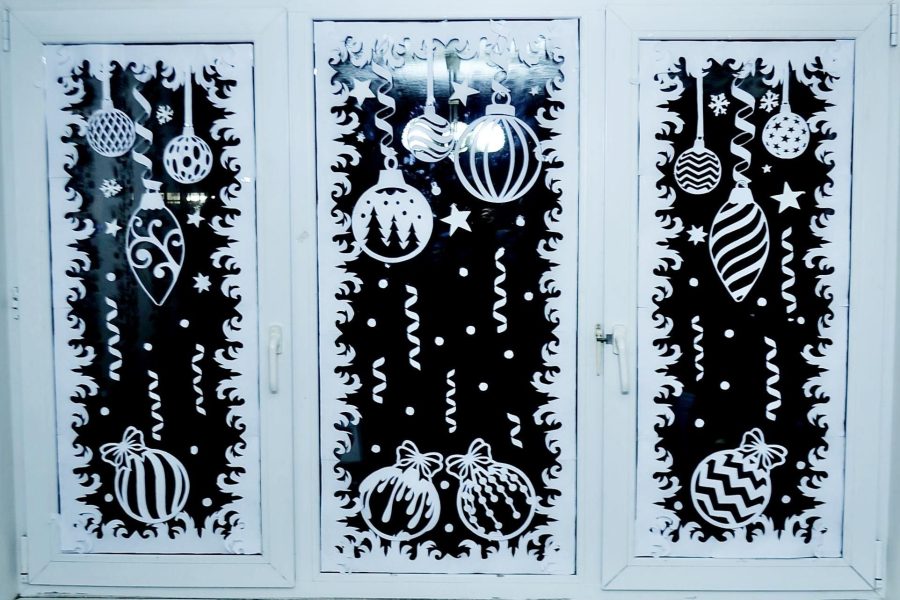Every year, the nations of the world celebrate the coming New Year. Some countries celebrate this day in January, others in February, and somewhere they celebrate in the hot summer. The centuries-old tradition of welcoming a new cycle among peoples is increasingly filled with new rituals that harmoniously combine with the old ones. Korea is one of those countries whose traditions and signs of the New Year remain in the shadows. As in most post-Soviet states, In Korea, the holiday is celebrated twiceIn addition to January 1, there is a date associated with the celebration of religion. When will they celebrate Korean New Year 2025, and what are the features of the celebration?

When is New Year in Korea
Although the Korean calendar year traditionally begins on January 1, they celebrate the main winter holiday in different ways.
It all depends on the date of the first new moon of the year after the winter solstice.
That's why 2025 new year in korea will celebrate on the night of 9 to 10 FebruaryThe locals remain united with the Chinese, so they will also have a New Year.
Celebrating New Year in Korea

The festive events on the occasion of the New Year last for several days. Schools start their holidays, the activity of some companies is reduced to a minimum level. On these days, people can officially relax and spend time with their loved ones and friends.
Previously, Koreans used to take 15 days off. However, modern residents of the country of morning freshness cannot afford this luxury and take only 3 days off.
Lunar New Year in Korea is called in the local language Seollal.
During the celebration, people dress up in bright, formal clothes.
Some outfits are traditional and are prohibited to wear on other days.
Koreans decorate their homes with a rice straw sieve (pochkori) to attract good luck, prosperity, and love.
It is not customary to put up a Christmas tree in the country; it can only be found in tourist areas.
It is customary for locals to hide their shoes before the celebration. They believe that they can be stolen by ghosts that roam the day before the holiday.
Another ritual before the New Year is the fumigation of buildings and important premises using cotton seeds and chili.
First day
On this day of celebration, it is customary to forget about work and devote time to the family. The celebration begins in the morning with the offering of respect to the ancestors in the form of breakfast. Food and drinks are placed on the table in the accepted order. During the meal, it is customary for Koreans to talk about the past lives of deceased relatives. In this way, the younger generation shows that they respect and remember the deceased. Then the young bow their heads before the elders, congratulate them, demonstrating high respect for them. For congratulations, the youth receives a gift. The value of the gift directly depends on the eloquence of the speech. Sometimes the amount of the gift can be equal to the annual tuition fee at a local university.
After the old traditions, young residents of the country can move on to exchanging gifts among themselves. They are mostly inexpensive, often cosmetics. This is due to the fact that in Korea, a person's appearance plays an important role in society. After the end of the family feast, Koreans send people to visit their bosses in national attire.
Second day
The next day, the country's residents spend their time actively. From the very sunrise, people go to the hills, where they organize a feast. During the festivities, traditional local tunes are played, to which everyone dances, has fun, flies kites, attracting good luck, and plays various games.
Day three
The last day of the new year is spent with family. In addition, Koreans devote time to predicting the weather by the moon. To determine what the whole year will be like, they look at the state of the moon during sunrise. If it is clear, then the harvest for the year is expected to be rich. A white moon predicts long rains, and a red one predicts dry weather.
Gifts for Seollal

Besides the main question, what date is korean new year, many people want to know what kind of gifts Koreans give each other.
On Seollal, residents of the Asian country try to present their loved ones with expensive gifts.
Most often they are:
- Cash accounts, transfers, checks from 1000 dollars;
- New model of smartphone and other things;
- Sweet sets, candies, fruits
In addition to the gift, it is important for Koreans to say words of encouragement. Those who receive a gift are very careful with the words, gift wrapping, which they save for reuse.
Despite the fact that Korea is a leader in most industries, Koreans sometimes like to bring gifts from abroad. Traditionally, these are rare crafts with elements of national color or collaboration with another country. Very often, foreign books and unusual interior items are brought to relatives.
Traditional Dishes for Korean New Year

The exact date of the winter celebration becomes known to local residents several months in advance. But only on the eve of the holiday will housewives spend the entire day preparing dishes. For Koreans, it is important that the festive table be as rich as possible for future well-being. New Year 2025 in Korea is no different from the previous ones, will include the following traditional popular dishes:
- Tteokguk is a rich broth with rice dumplings.
- Manduguk - soup with Korean dumplings;
- Chon - vegetable pancakes that include onions, tomatoes, corn, peas, peppers. There may also be variations with fish.
- Japchae – noodles with vegetables, mushrooms, meat or fish. It is always topped with soy sauce and garnished with sesame seeds.
- Shashlik is an oriental version of a dish made from meat and vegetables.
- Tteok are rice cakes filled with fruit or berries.
- Yakkwa – cookies with honey and ginger.
Also on the festive table is rice wine, which is made from grains, sugar, and yeast. After the main feast, local residents usually drink a non-alcoholic tincture of rice and cedar - Sikhe to speed up the digestion of food.














Оставить Комментарий